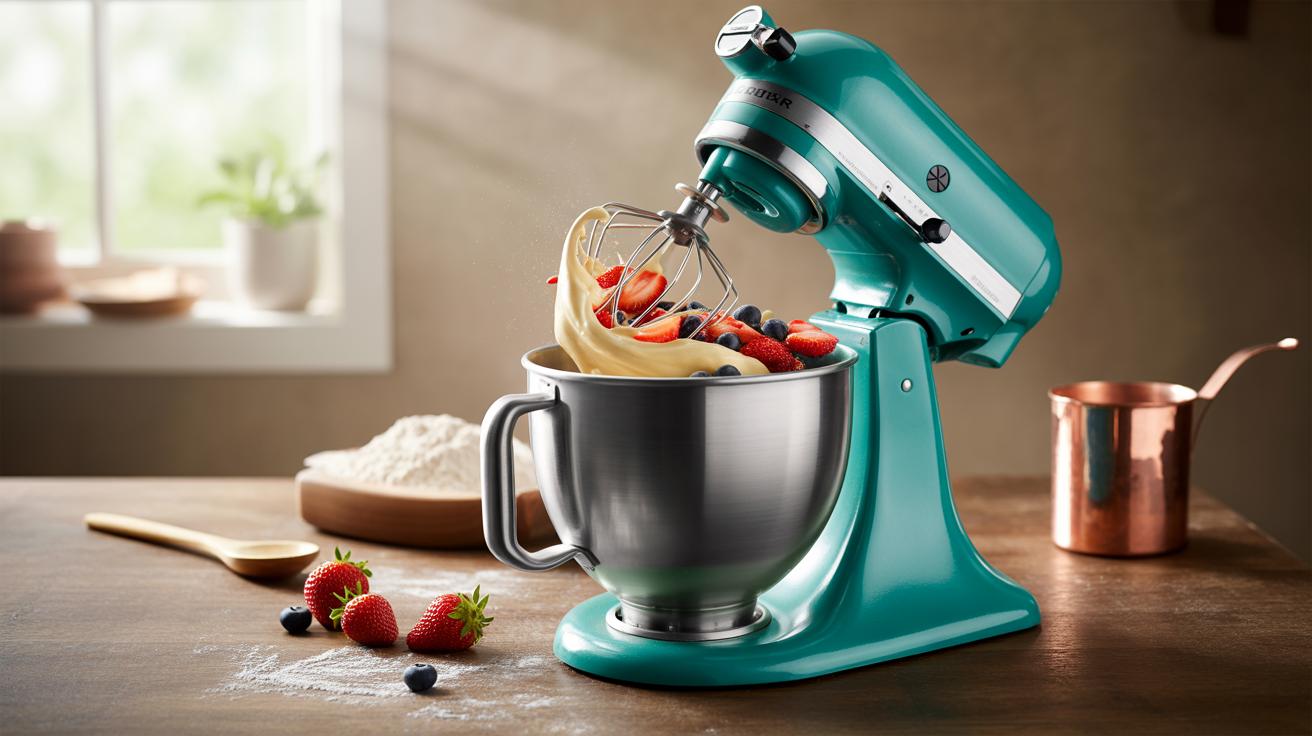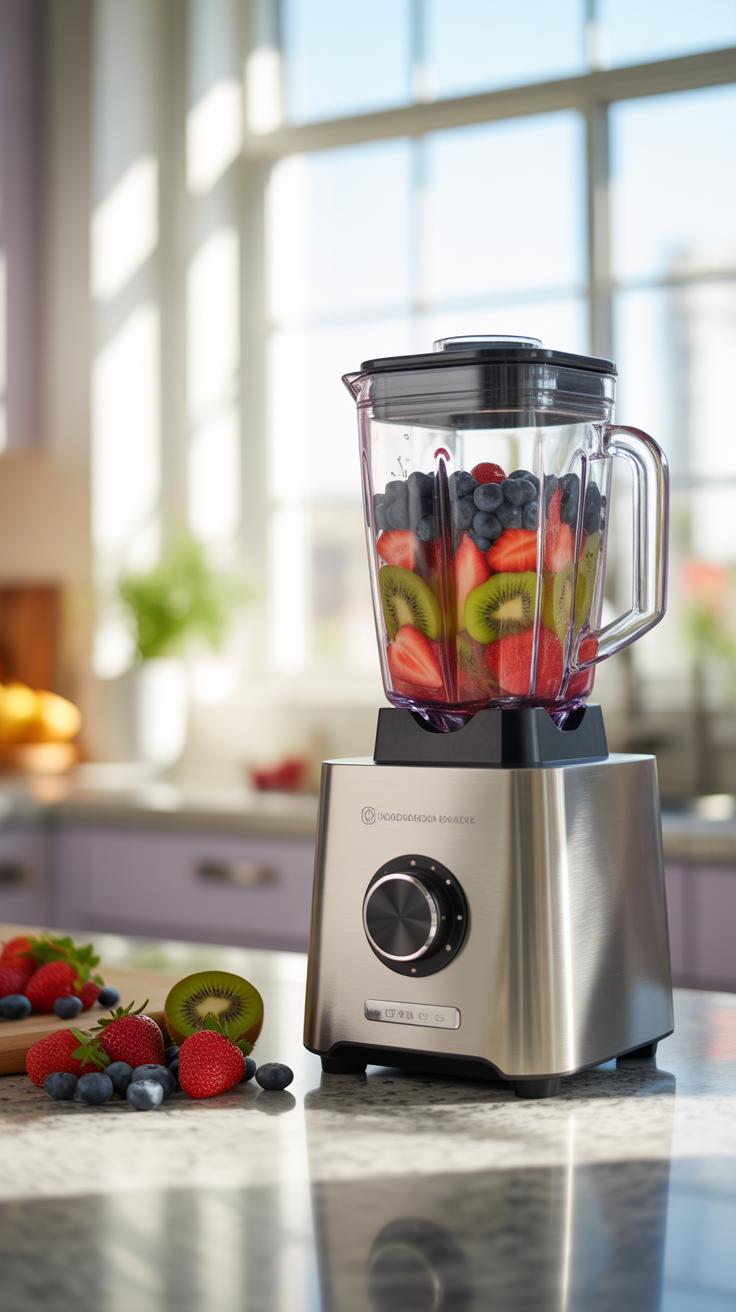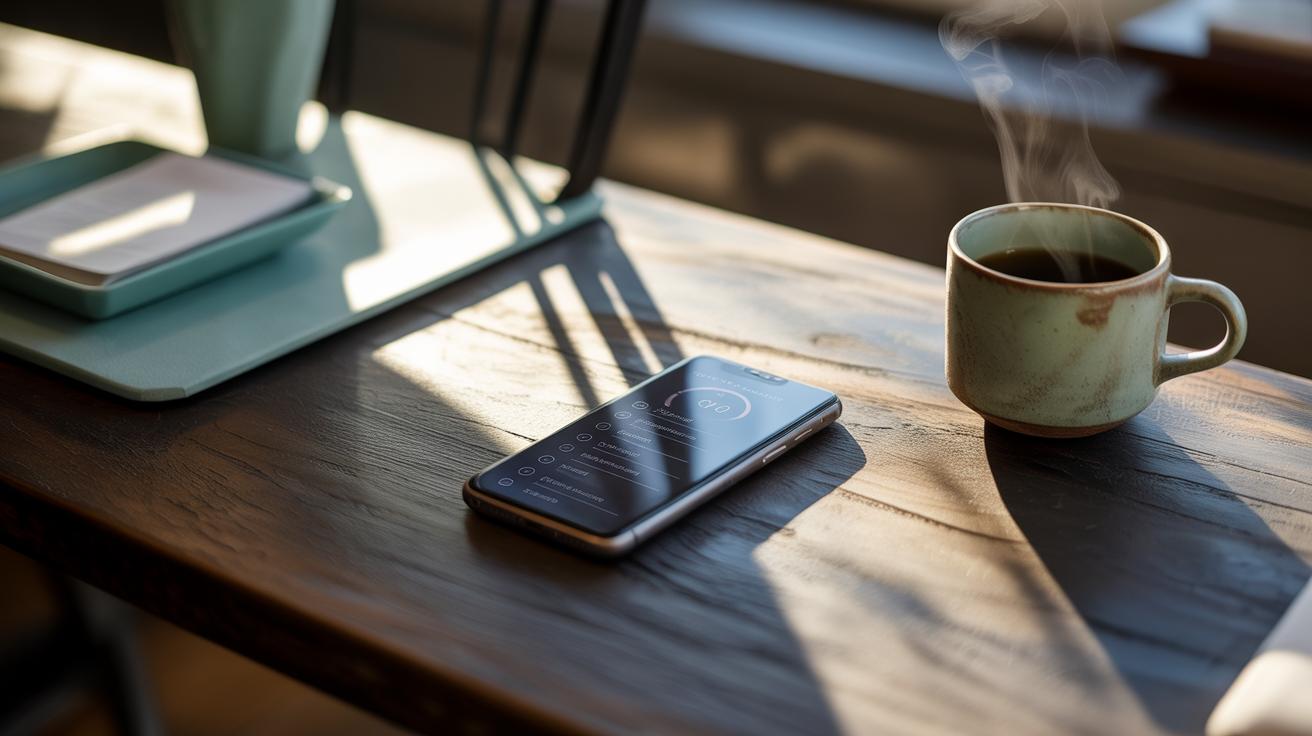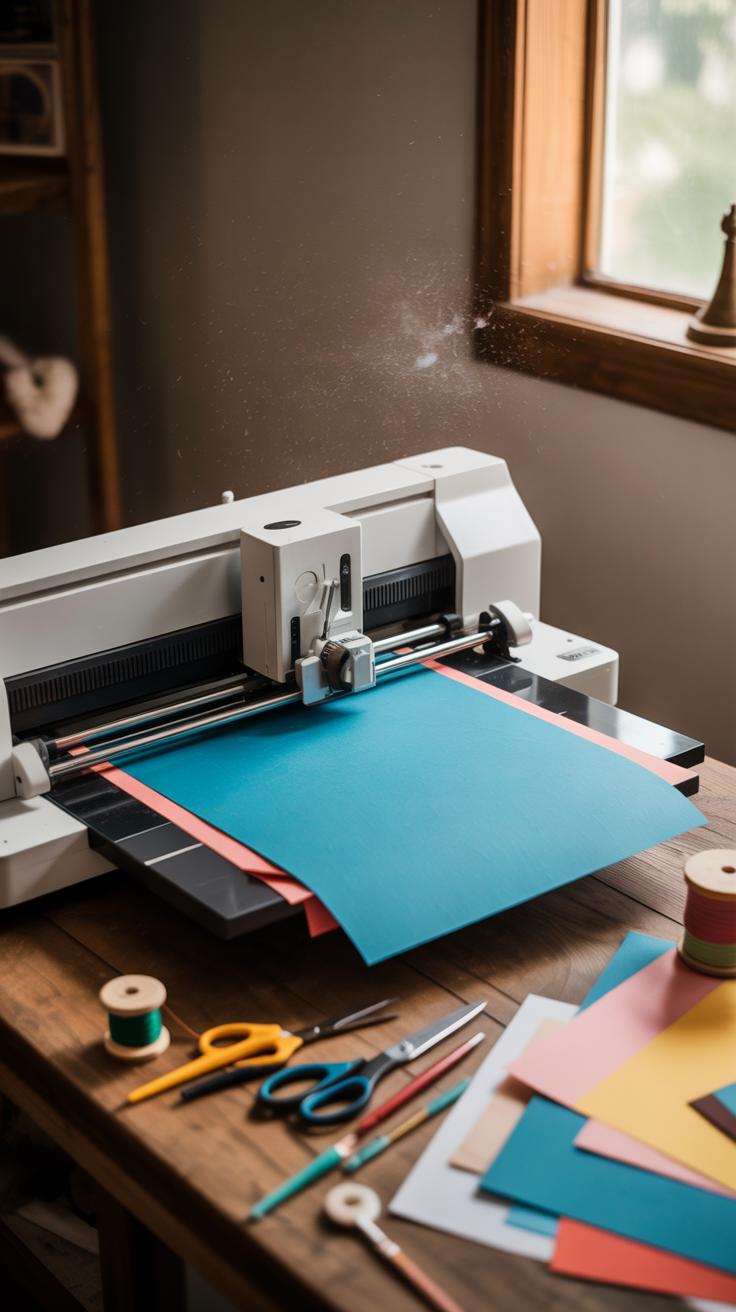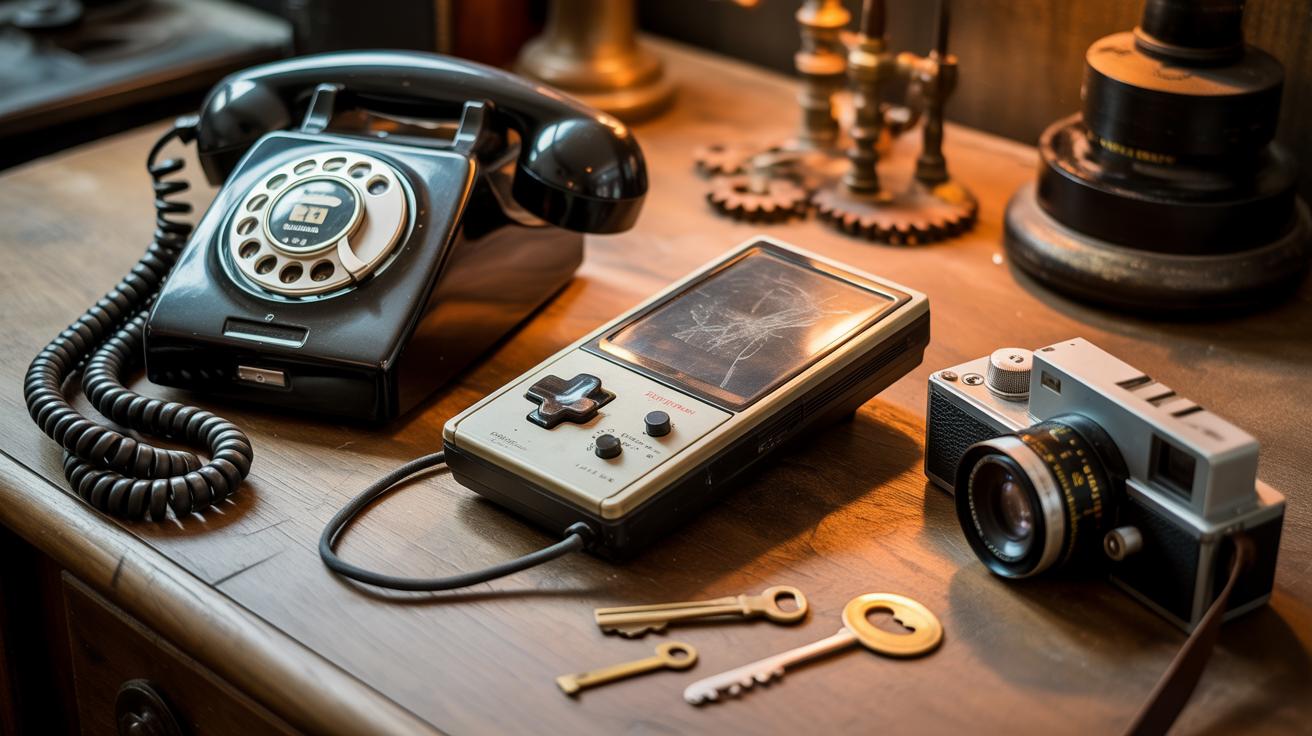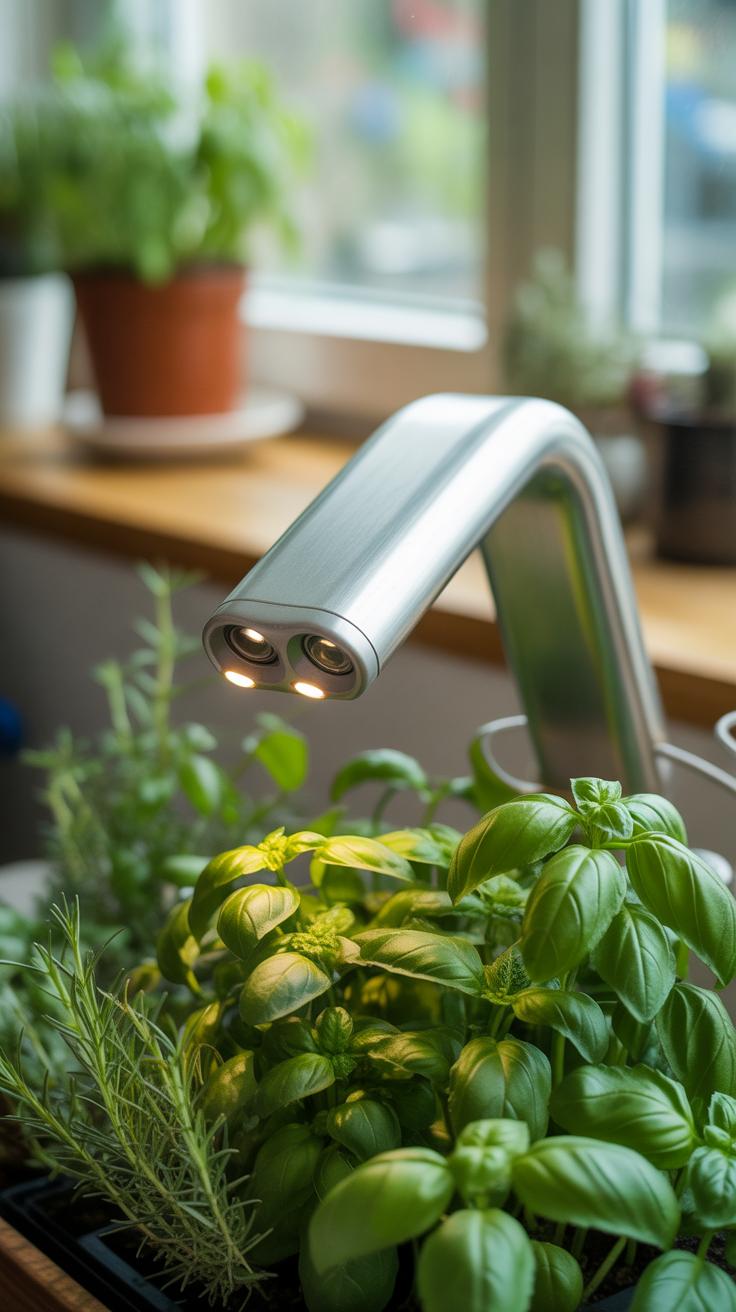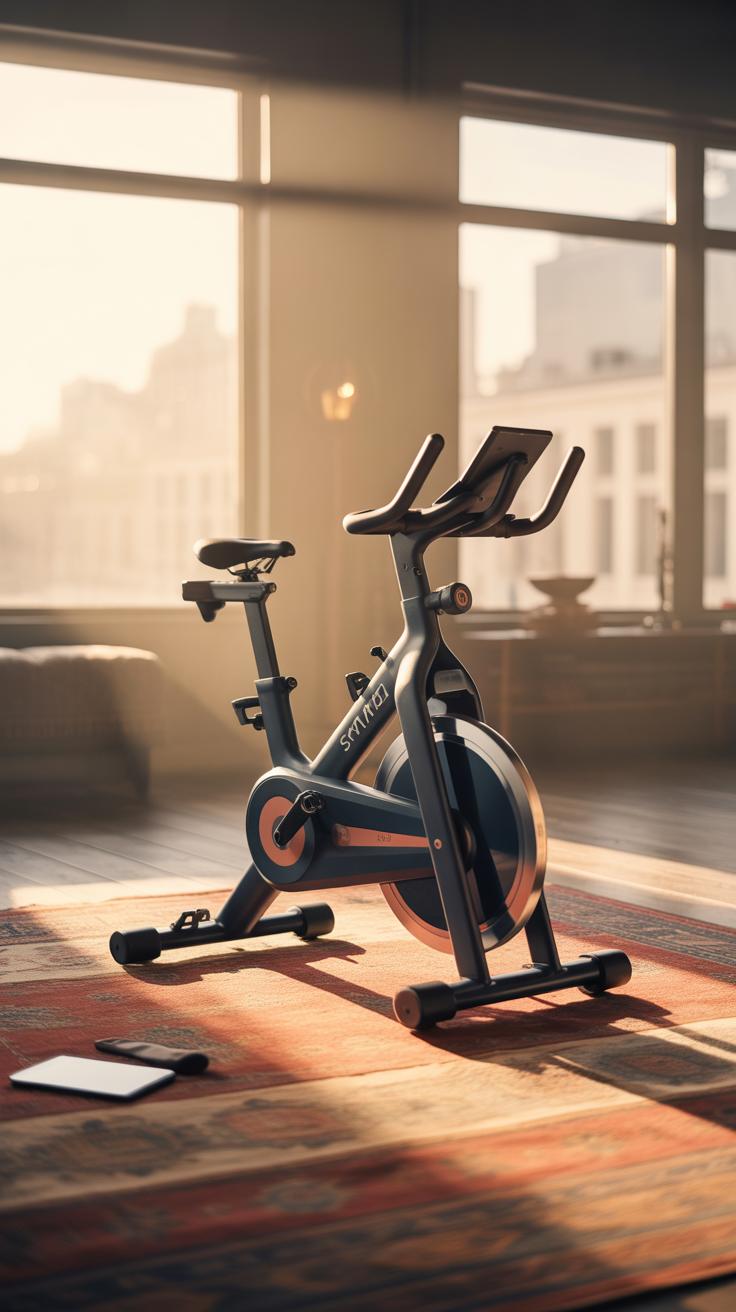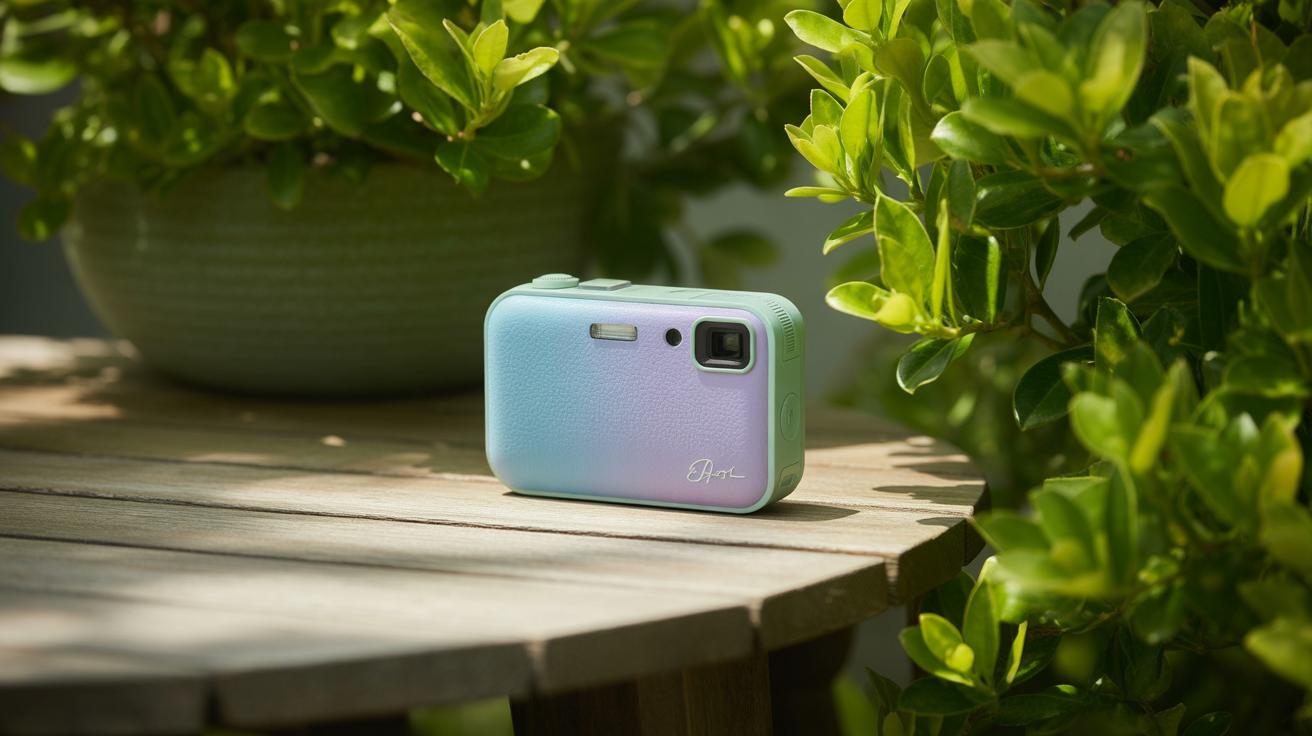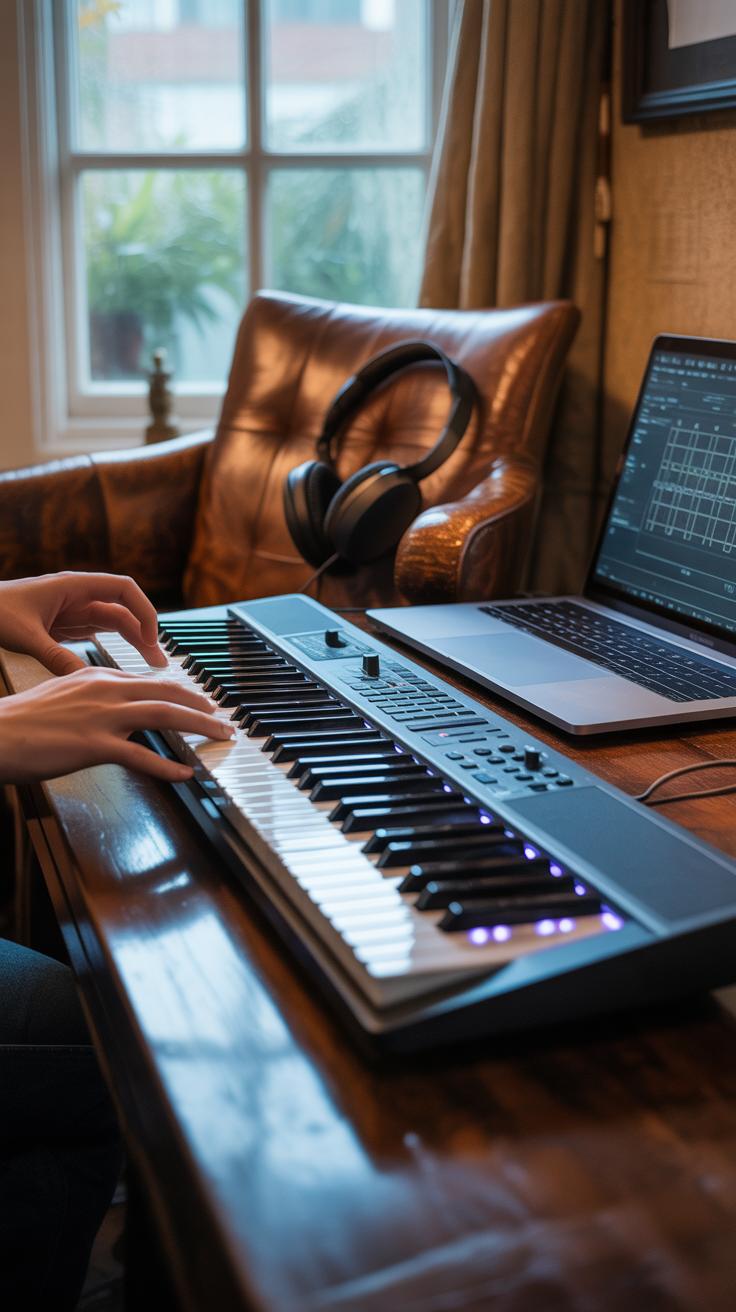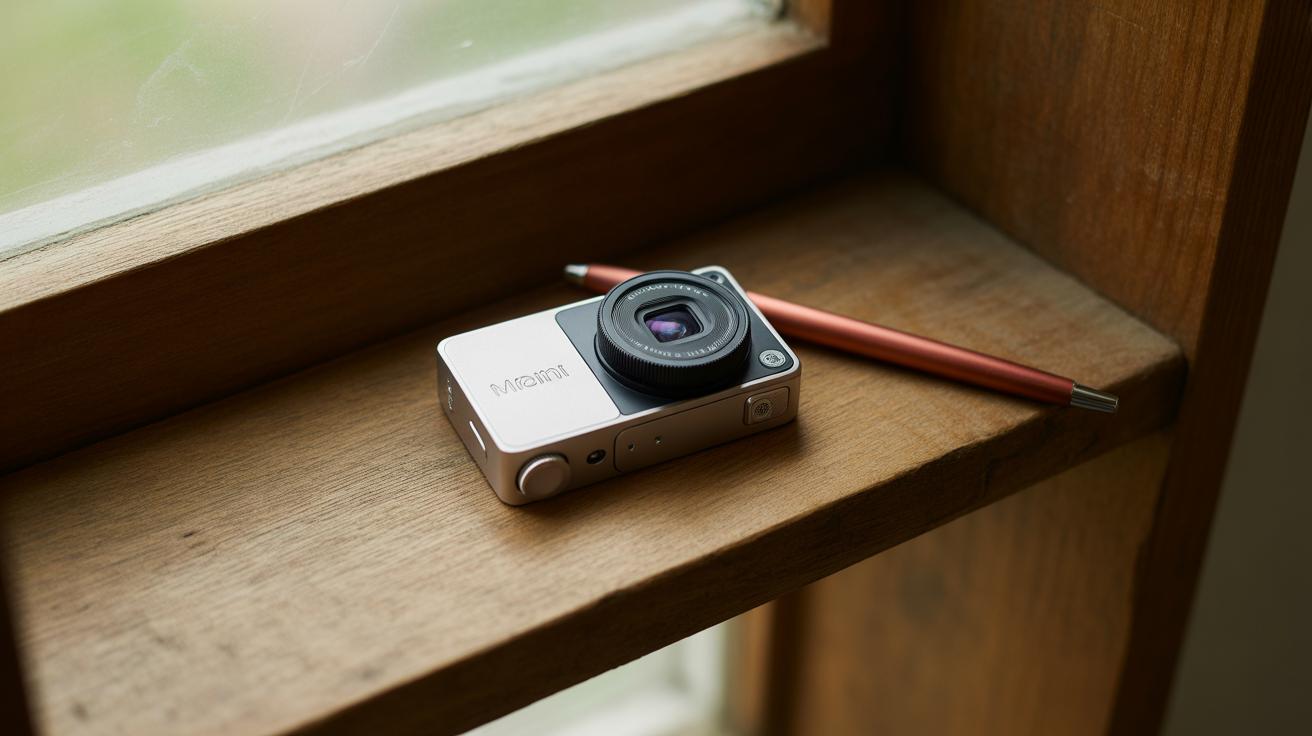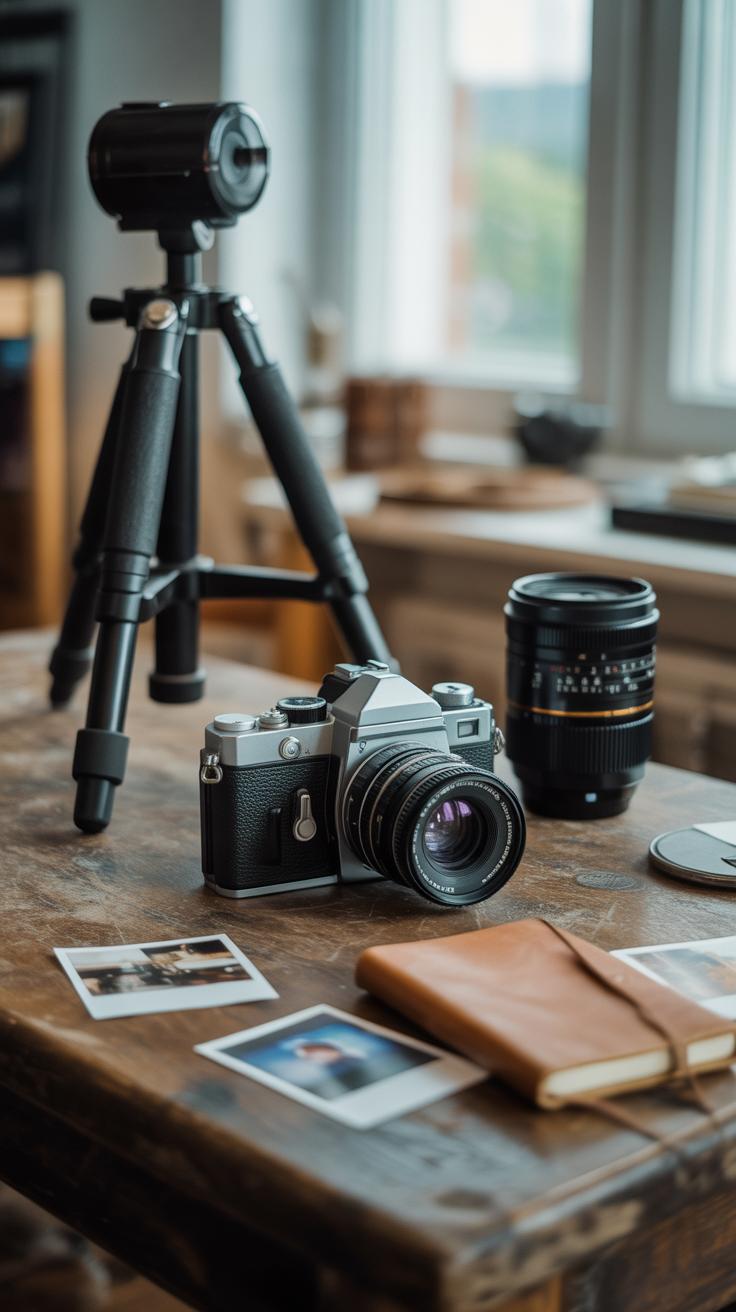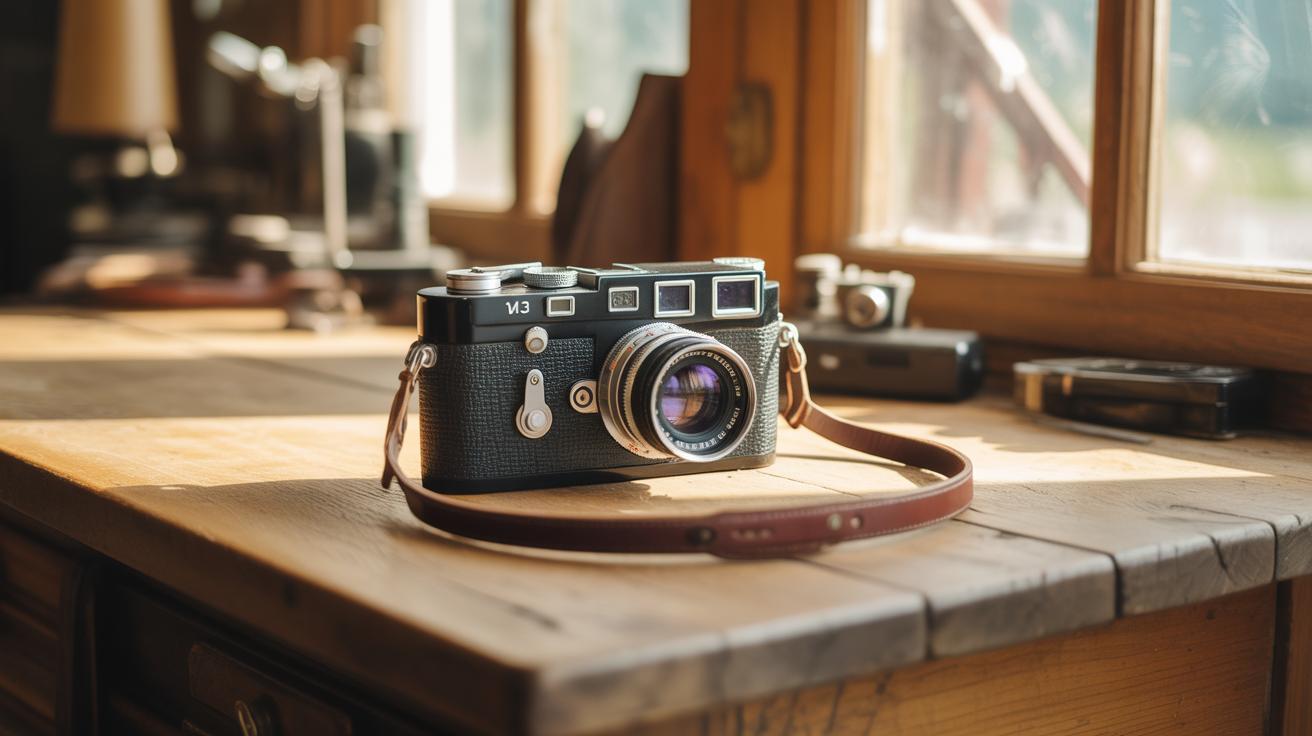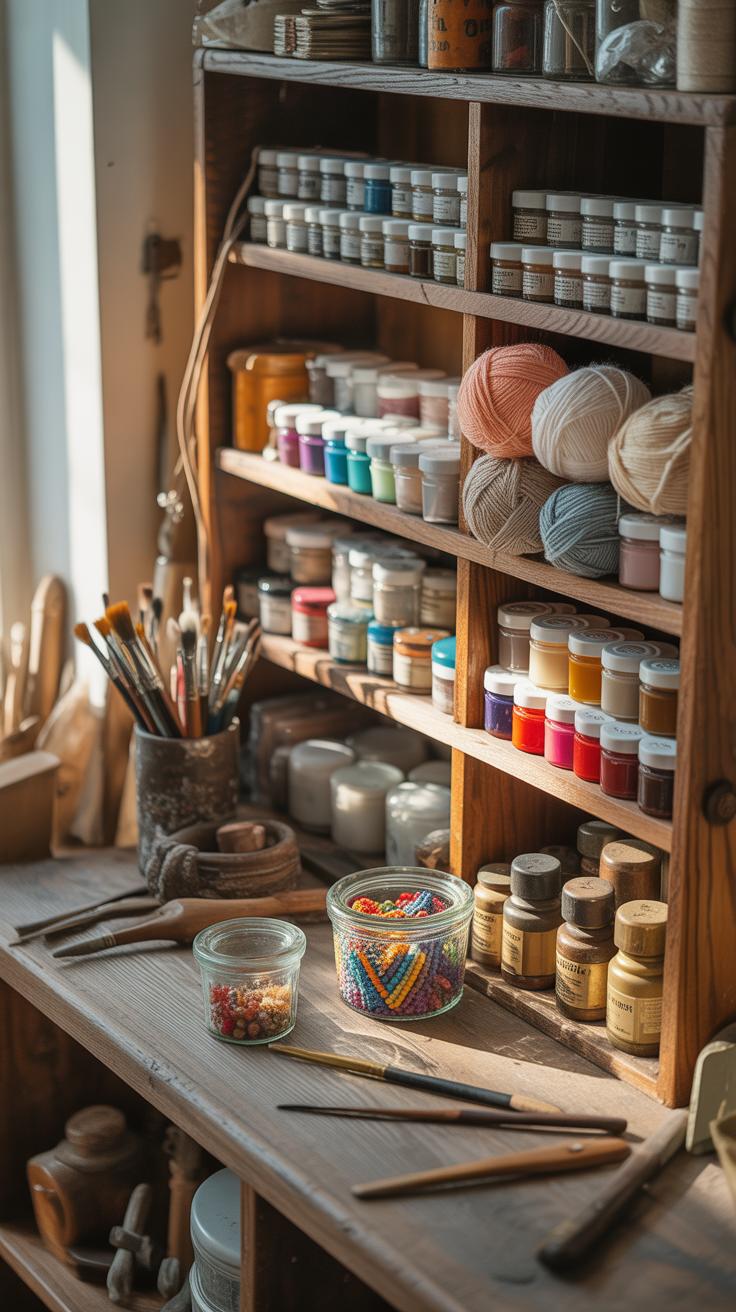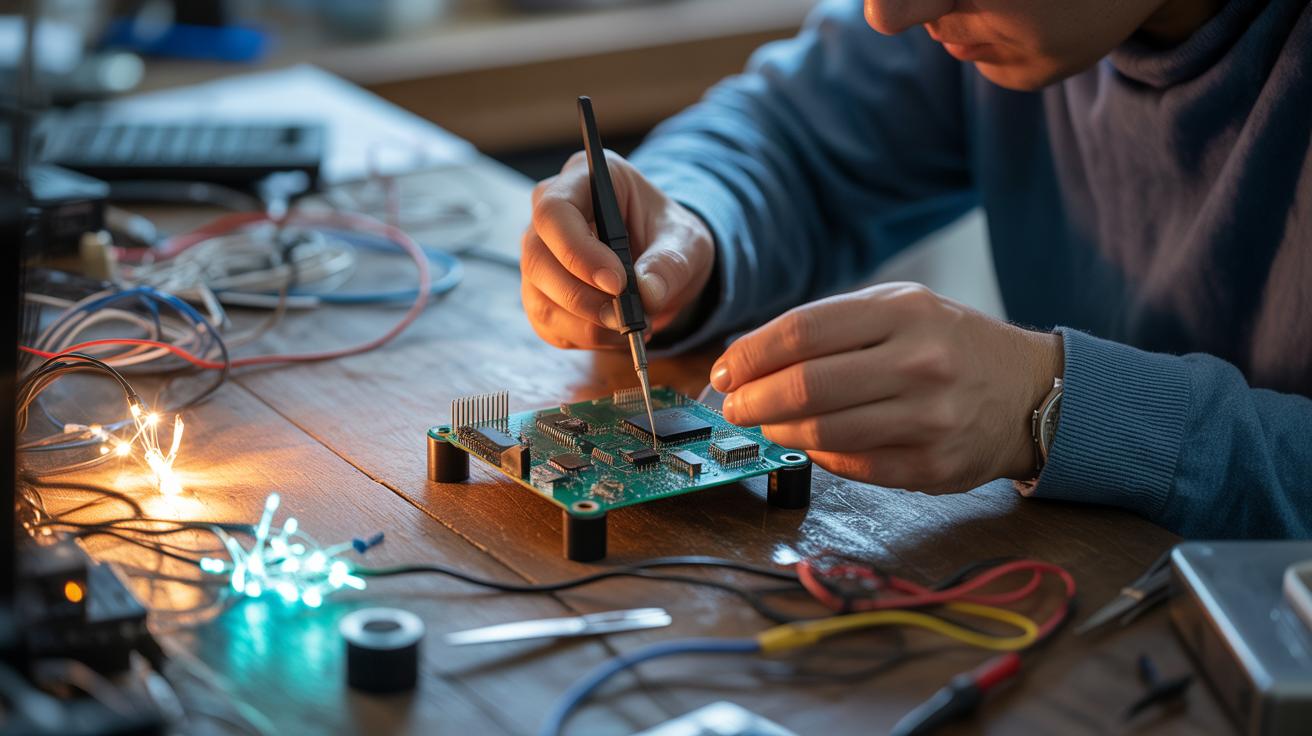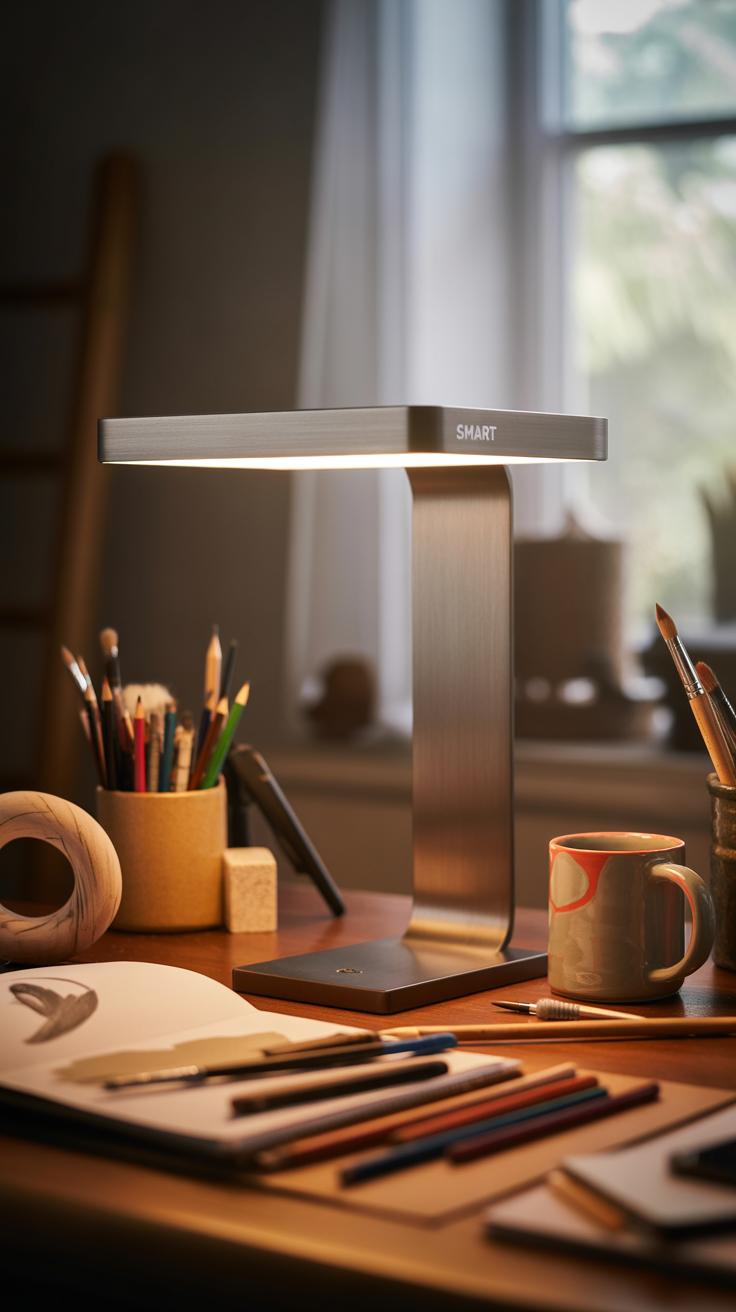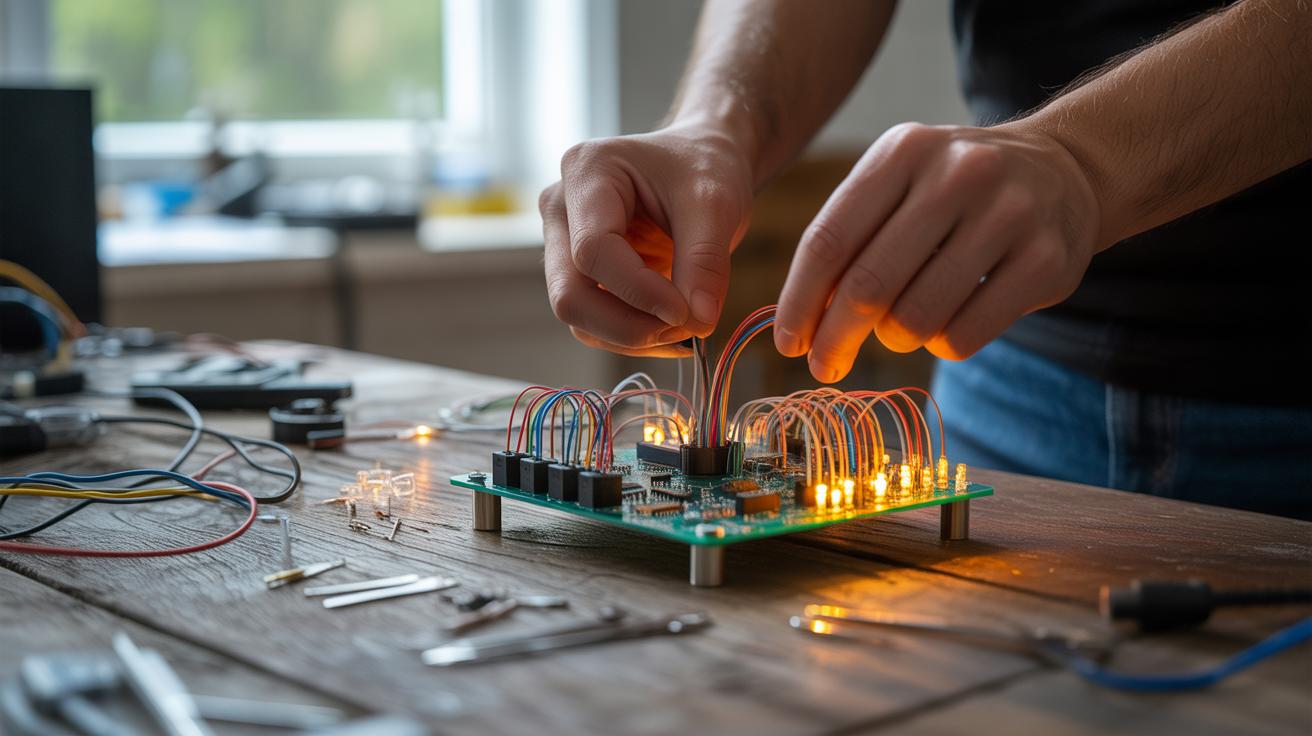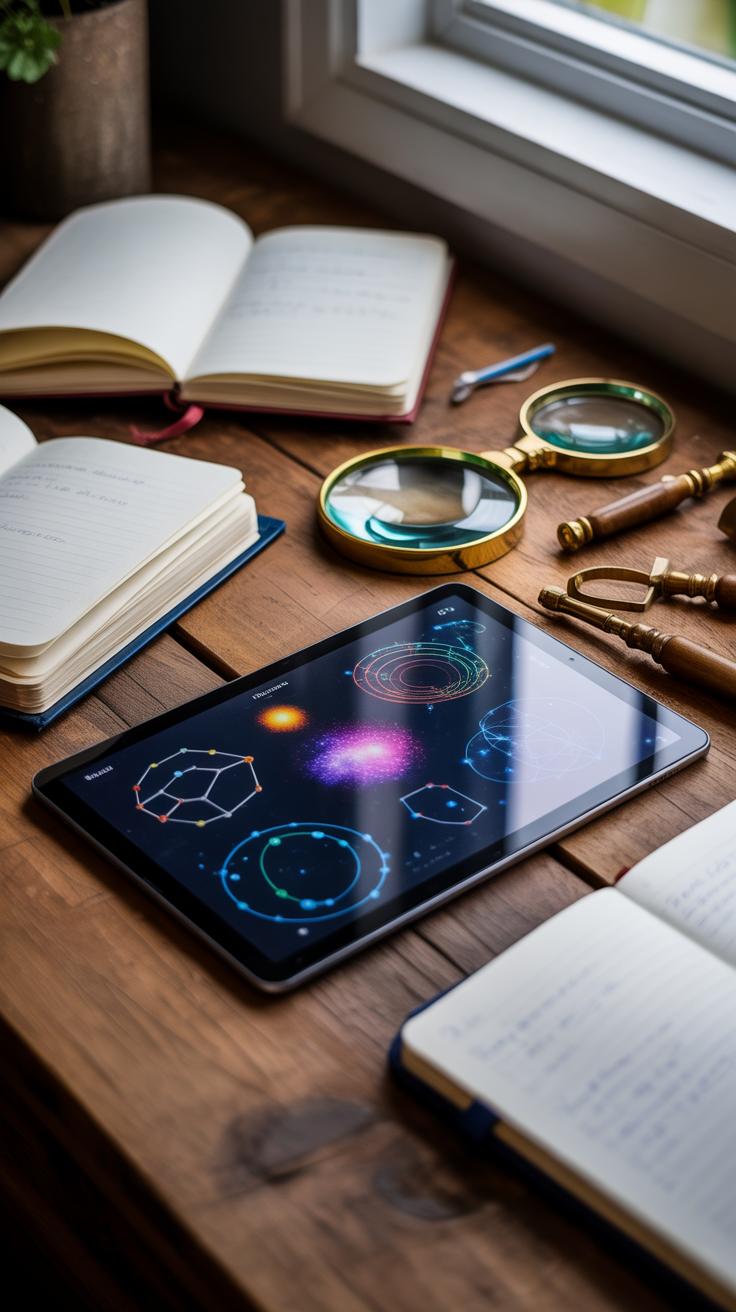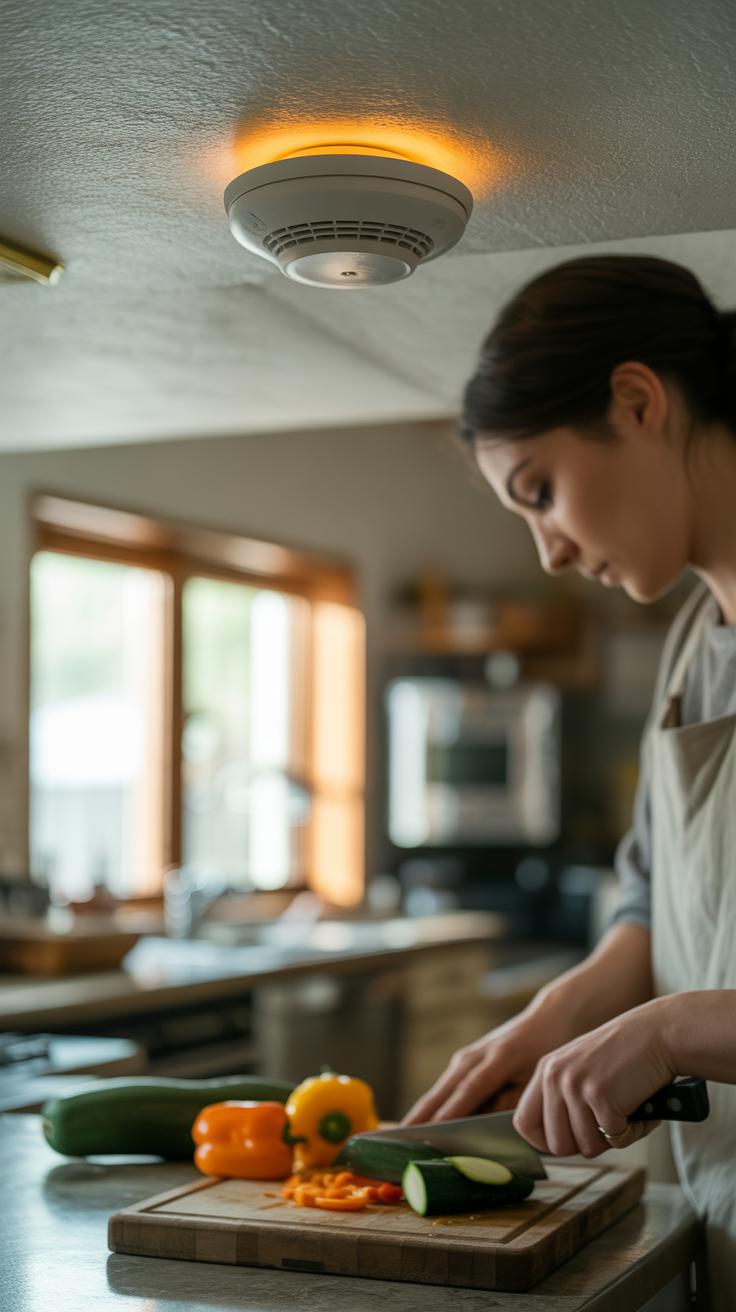Introduction
Home gadgets can change how you enjoy your hobbies. From cooking to crafting, there are tools that can make your time more enjoyable and productive. These gadgets help simplify tasks and let you focus on the fun part of your hobby.
In this article, we will explore different home gadgets that can enhance various hobbies. You will learn what gadgets suit which hobbies and how to pick the best ones. This will help you get more out of your free time.
Smart Kitchen Helpers
If you spend much time cooking at home, you might find smart kitchen gadgets a bit like having a helpful, if slightly bossy, assistant in the kitchen. Smart ovens are one of those tools that can really change how you approach your hobby. They often come with preset cooking programs, temperature sensors, and even Wi-Fi connectivity, so you can monitor or adjust cooking times from your phone. This means you’re less likely to overcook dinner because you got distracted—though it also makes me wonder if we’re giving up a bit of the old-school intuition chefs pride themselves on.
Timers remain crucial, though. I tend to underestimate cooking times and set timers compulsively. Smart timers, which sync with your stove or oven, alert you not just when time’s up, but also if the heat is turned off early or if something’s left too long. They add a layer of security, especially when juggling multiple dishes.
Precision tools also deserve a mention. Smart thermometers, for example, measure internal meat temperatures with impressive accuracy and can alert you when it hits the perfect level. Digital measuring cups and scales can convert units automatically—great if you’re trying to follow a recipe from another country or just hate math. They feel like small luxuries, but when your pie crust or sauce turns out just right because of precise measurements, you’ll appreciate them.
In the end, these gadgets don’t replace cooking skills. Instead, they support them—perhaps nudging hobbyists toward more consistent results, even if it sometimes takes away the thrill of trial and error. But, then again, isn’t part of enjoying a hobby about making it fun instead of frustrating?
Creative Crafting Gadgets
Cutting and Shaping Tools
If you enjoy crafting, you might find electronic cutting tools surprisingly helpful. Devices like Cricut or Silhouette machines let you cut paper, vinyl, fabric, and even thin wood with precision hard to match by hand. They handle complex shapes and repetitive patterns quickly, which can save you frustration and time.
These tools rely on digital files to follow precise paths, letting you experiment with designs that would otherwise require serious skill or a lot of patience. Sometimes, I wondered if I was just hobbling through projects unnecessarily before discovering these cutters.
Of course, they aren’t perfect for every project—some delicate materials might still require manual attention. But overall, they open doors to creating layers, embellishments, and fine details that are tough with simple scissors or knives.
Design Software Gadgets
Today’s crafting often pairs nicely with software that helps you plan and visualize your ideas before cutting or assembling anything. Apps like Adobe Illustrator or free tools like Inkscape allow you to tweak your patterns and preview colors and layouts. This way, you reduce mistakes and often end up with cleaner, more satisfying results.
Some software even connects directly to your cutting machine, meaning edits transfer instantly—no fiddling with tricky file conversions. You can try out different fonts, shapes, or even custom drawings to personalize your work. I find this part almost meditative, getting lost in tiny adjustments that feel oddly fun.
Yet, sometimes the learning curve feels steep, and you might spend more time clicking than creating. Still, these digital helpers can boost your creativity, giving you freedom to experiment without waste.
Gardening Tech Tools
Weather and Soil Sensors
Gardening can feel like a guessing game sometimes. But soil and weather sensors take some guesswork out of the picture. These gadgets track moisture levels, temperature, and even sunlight intensity. They tell you when your plants need water or when the soil is too dry or too wet. Some sensors connect to your phone, sending alerts so you don’t have to keep checking manually.
Imagine not stepping into your garden, unsure if it needs watering. A sensor quietly reports the soil’s status. It’s like having a little gardener’s assistant watching over things, though not always perfectly. Sometimes I’ve found the readings a bit off, maybe because the sensor wasn’t placed quite right, but usually, it helps you avoid overwatering or under-watering.
Automated Watering Devices
Automatic watering systems are a game-changer — they take care of regular watering without you lifting a finger. From simple drip systems on timers to complex setups controlled by your smartphone, these gadgets suit various gardens and budgets.
You set them up, and they deliver consistent moisture right where your plants need it. This means you get more free time without worrying about forgetting to water. But, it’s not all perfect. Sometimes the timing isn’t quite right, or the system waters on a rainy day if it isn’t linked to sensors. Still, they save a lot of effort and can help keep your garden healthier overall.
Fitness and Wellness Gadgets
If you spend time running, practicing yoga, or doing home workouts, wearable trackers can really add something to your routine. Smartwatches and fitness bands keep an eye on your heart rate, steps, calories burned, and sometimes even sleep patterns. It’s like having a coach on your wrist, quietly collecting data and nudging you to keep going or rest when needed. Some devices offer GPS tracking too, which is great if you like to explore new running routes but want to keep tabs on your pace and distance.
On the other hand, smart home gym equipment takes things up a notch. Machines with built-in screens and sensors can guide you through exercises with real-time feedback. For example, smart treadmills and stationary bikes display workout programs tailored to your goals. Some yoga mats even track your poses and suggest adjustments to improve your form. These tools don’t just count reps; they help you learn proper technique and see progress over time.
Are these gadgets worth it? That depends. For some, tracking every detail can get overwhelming. But for others—especially those who like clear feedback—they make workouts feel more focused and intentional. Either way, having tech that supports your hobby often nudges you to keep at it, which is the hardest part, I think.
Tech for Music Making
Digital Instruments
If you enjoy making music at home, digital instruments can really open up new possibilities. Electronic keyboards, for example, come with tons of built-in sounds and effects, letting you experiment beyond just piano tones. Some models even let you connect to apps or other gear wirelessly, which feels surprisingly freeing compared to traditional setups. Drum pads are another great option, especially if you like rhythm but don’t own a whole drum kit. You can create beats with just your fingertips, layering sounds quickly—perfect for those moments when you want to jam but don’t want the noise or hassle of big instruments.
Synthesizers and compact MIDI controllers also add flexibility, helping you shape unique sounds without needing tons of space. If you’ve ever hesitated because you thought music gear was bulky or complicated, maybe these gadgets are worth trying. They might surprise you with how intuitive—and fun—digital music can be.
Recording and Mixing Tools
Recording at home used to mean tricky setups and expensive gear, but that’s not really true anymore. Simple interfaces connect your instruments or microphone to your computer, and then software apps can do the rest. Programs like GarageBand or Audacity let you layer tracks, adjust volume, and add effects without a steep learning curve. Sometimes, I find these tools a bit overwhelming, but it’s just a matter of playing around—often the best way to figure out what works.
For a more hands-on approach, small recording devices offer portability and ease, capturing ideas whenever inspiration strikes. Plus, some apps even include mixing features right on your phone or tablet. This can be a game changer if you want to record on the go or don’t want to sit glued to a screen all day. So, how do you balance creativity and tech complexity in your music? Maybe the key is choosing gear that feels more like play than work.
Photography Gadgets
Accessory Add-ons
If you enjoy photography at home, adding a few gadgets can truly change your experience. For instance, smartphone lenses are surprisingly helpful. You might think your phone’s camera is limited, but clip-on fisheye, macro, or wide-angle lenses open new possibilities. They’re compact, affordable, and—yes—they do require some practice to get used to. I remember the first time I tried a macro lens; focusing felt tricky, but the detail you capture is something else.
Tripods are another game-changer. Even a small, flexible tripod can improve your shots massively. Stability matters, especially with longer exposures or self-portraits. They give you more control, letting you experiment with angles that might otherwise be awkward to hold by hand. You could think, “Do I really need one?” but I’d say it’s worth having at least a simple model. It often leads to sharper, more thoughtful pictures.
Lighting Equipment
Indoor photography often struggles with light. Good lighting isn’t just about brightness; it’s about direction, softness, and color balance. Ring lights or small LED panels are common go-tos. They don’t just brighten your subject—they change the mood entirely. A ring light makes faces more even, reducing shadows in a way that’s flattering, but maybe a bit clinical if overused. Meanwhile, LED panels with adjustable color temperature let you tweak warmth or coolness, depending on what you want to capture.
Reflectors might sound old-fashioned, yet they work well when you want to redirect existing light without buying more bulbs. Even a piece of white cardboard can help fill shadows. Sometimes, it’s less about fancy gear and more about playing with what you have. What kind of light works best for your style? The fun is in experimenting, really.
Organizing Your Hobby Space
Keeping your hobby materials neat isn’t just about tidiness—it actually changes how you enjoy your time. When you know exactly where everything is, starting up feels easier. There are many gadgets and storage options built specifically for hobbyists, and some might surprise you with their variety.
Storage Solutions
Clear plastic containers with adjustable compartments are great if you work with lots of small parts—beads, screws, or buttons, for example. Shelves with built-in bins let you stack supplies vertically, saving floor space while keeping everything visible.
Some prefer stackable drawer units, which feel like mini tool chests for hobby gear. Rolling carts also give mobility if you need to shift between rooms or just want to tuck stuff away at the end of the day. I’ve tried wall-mounted pegboards for tools, and while they do open up surface space, they don’t work equally well for all hobbies—some items just don’t hang easily.
Labeling Tools
Label makers are surprisingly helpful, especially if your hobby involves many similar-looking parts. Using a label maker to mark boxes or drawers means you won’t waste time hunting for that one elusive brush or wire spool.
Smart tags offer another layer of convenience. Attach them to containers, then scan the tag with your phone to see what’s inside or where it’s stored—handy if you have a bigger setup. Though, I admit, setting those up can initially take more time than it’s worth for simpler collections.
Do you find yourself losing track of things often? Maybe a little organization tech could clear the mental clutter and help you dive in sooner than later.
Home Office Gadgets
Ergonomic Furniture
When your hobby involves long hours at a computer or desk, comfort matters more than you might think. Choosing the right chair can make a huge difference. Look for chairs with adjustable height, good lumbar support, and breathable fabric. I once ignored this and ended up with sore backs and a distracted mind. Not fun. A desk with adjustable height is another game-changer. You can switch between sitting and standing, which breaks up the monotony and reduces fatigue.
Also, the size and shape of your desk matter. Having enough room for your gear without clutter getting in your way keeps you focused. Sometimes a corner desk fits better, especially if your space is tight. Don’t forget, a stable surface is crucial; a wobbly desk will just get on your nerves after a while.
Lighting for Focus
Lighting is often overlooked but plays a critical role in how well you concentrate. Adjustable lighting means you can control brightness and color temperature. Warmer light might be relaxing, but cooler, brighter light helps keep your attention sharper, especially during detailed tasks.
Desk lamps with dimmers and flexible arms let you direct light exactly where you need it. I find that switching from ambient overhead light to focused desk lighting helps reduce eye strain considerably. It’s odd how such a small thing can make a hobby session feel less tiring. You might wonder if natural light alone is enough—but in my experience, especially in darker months, good artificial light saves your eyes and your mood.
Learning and Educational Tools
Digital Learning Devices
If you enjoy picking up new skills, tablets and e-readers can be surprisingly handy. They’re not just for reading or streaming shows—you can load them up with tutorials, pattern designs, video workshops, and e-books tailored to your hobbies. For example, an artist might use a tablet to follow step-by-step drawing lessons, pausing or replaying sections as needed. And if you prefer e-readers, well, they store tons of how-to guides without the bulk of physical books. Plus, they’re easier on the eyes than regular screens, which matters during long learning sessions.
But there’s a catch: having access doesn’t guarantee you’ll learn faster. Sometimes, staring at a screen can feel less engaging than hands-on work. Still, these devices do offer flexibility—you can learn whenever you want, wherever you want, without hauling around stacks of paper.
Interactive Learning Kits
Interactive kits turn learning into a hands-on experience, which makes a big difference for many people. Think model-building kits, DIY electronics, or craft sets that come with tools and clear instructions. These gadgets invite you to experiment and get immediate feedback, which feels more rewarding than just watching something or reading about it.
For instance, a beginner might try a robotics kit that lets you build and program a small machine. It’s messy, sometimes frustrating, but you get to see your progress in real time. Or those chemistry sets that light up or fizz—the practical side helps ideas stick better. You may find these kits slightly fiddly at first, but that’s part of the fun, right?
So when you want to boost your hobby time, consider mixing digital devices with interactive kits. One teaches you theory at your own pace, while the other keeps your hands and mind active. It’s a balance that works more often than you’d think.
Safety Gadgets for Hobbyists
Personal Safety Devices
You might think safety goggles are just basic protection, but some models now come with built-in LED lights or anti-fog technology, which can really help when you’re working in dim or tight spaces. I once tried a pair with a heads-up display that showed measurements while I cut wood—felt almost sci-fi, though maybe overkill for casual projects. Gloves too have changed. There are touchscreen-compatible gloves that still shield your hands from cuts or chemicals but let you handle your phone or tablet without constantly taking them off. If you’re into soldering, some gloves are now heat-resistant while offering dexterity, which wasn’t really a thing before.
These gadgets don’t guarantee you won’t get hurt, but they do make protection easier and less annoying to use, so you might actually wear them more. It’s surprising how small annoyances can keep people from playing it safe.
Home Safety Enhancements
Having a dedicated hobby area means keeping an eye on fire risks and security, right? Smart smoke detectors that link to your phone can alert you instantly if something’s wrong, even when you’re not home. I had one go off once because of a forgotten candle, and being 20 minutes away, it saved me from panicking or rushing back in vain.
Security cameras or motion sensors also add peace of mind, especially if your hobby requires expensive materials or tools. Some systems send alerts only during certain hours or detect unusual activity instead of just movement, so you’re not blown up with notifications every time a cat passes by. These tools help you focus on your hobby without wondering if your gear is safe.
Conclusions
Using the right home gadgets can improve how you spend your time on hobbies. They save effort and add convenience, making your activities more rewarding. Each hobby can benefit from specific tools designed to meet its unique needs.
Think about what you enjoy most and what tasks take time or cause frustration. Then, look for gadgets that solve those issues. With smart choices, you can have more fun and get better results from your hobbies.

